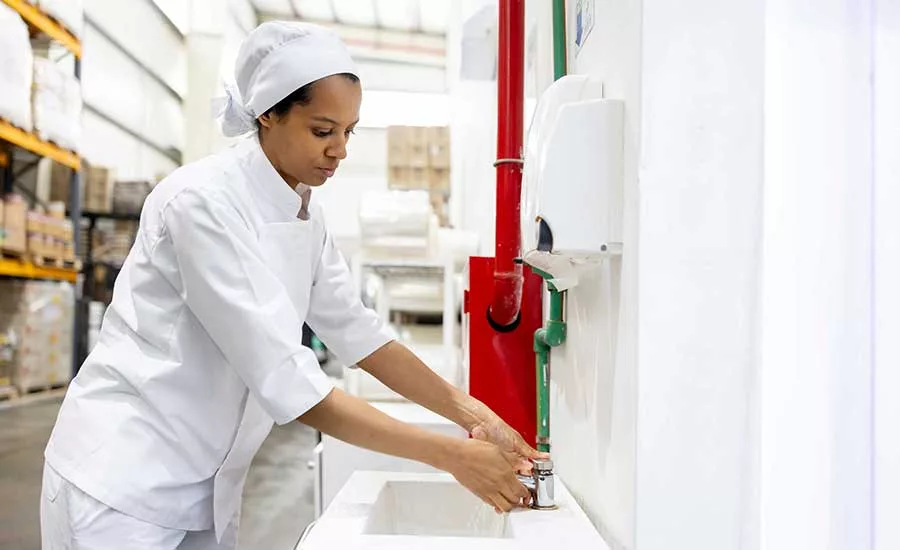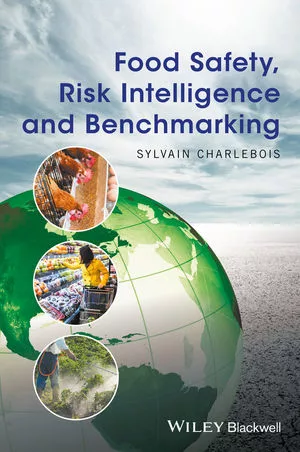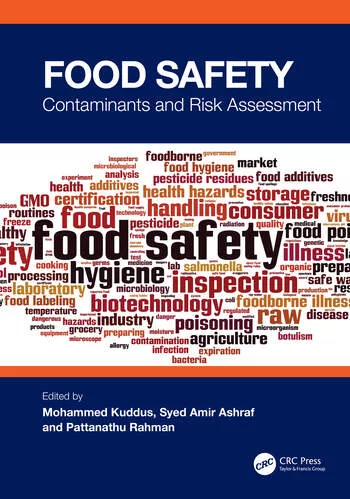Newly formulated disposable gloves reduce listeria risk
Eagle Protect's nitrile gloves feature surface-free energy and transfer characteristics similar to Teflon, which helps fight off bacteria.

It turns out which disposable gloves food and beverage companies use may significantly impact to the spread of Listeria and other hand/glove transmitted pathogens in the food processing and handling zones.
That’s according to new research conducted by international scientific food safety consultant Barry Michaels, in association with Eagle Protect PBC.
And now Eagle Protect has reformulated its nitrile gloves to fight potentially deadly threat.
The gloves feature surface-free energy and transfer characteristics similar to Teflon, due to quality raw material formulation and manufacturing processes. Bacteria and microorganisms did not stick well to these gloves, reducing the risks of potential cross-contamination in ready-to-eat foods.
In comparison, vinyl (PVC) gloves were found to be up to three times more likely to spread bacteria due to their physico-chemical characteristics than nitrile gloves tested.
"While considerable and careful care is given to food origin and processing, it seems little concern is given to the product that touches food last — the glove!" says Steve Ardagh, CEO of Eagle Protect, a supplier of disposable products in both the US and New Zealand.
The study compared the surface free energy of gloves and their propensity to pick up and transfer soils (contaminants) between food products, gloved hands and surfaces.
Looking for quick answers on food safety topics?
Try Ask FSM, our new smart AI search tool.
Ask FSM →
"With vinyl disposable gloves still the predominant food handling glove in the US, the glove suppliers to the US Food Industry are potentially ignoring a major food safety risk by not considering the implications of careful and educated glove choice," Ardagh says. "In New Zealand, a country highly respected for its food safety standards, vinyl gloves are rarely used and are completely banned from food handling in Japan due to food safety implications and adverse health effects."
As a result of his work, Michaels says, "Food safety managers are gambling with the odds of a LM outbreak or some other extreme event if they do not look at the science involving bacterial transfer and disposable gloves. Conditions for cross-contamination can be disrupted by making scientifically based, food safe glove selection choices.








.webp?t=1721343192)